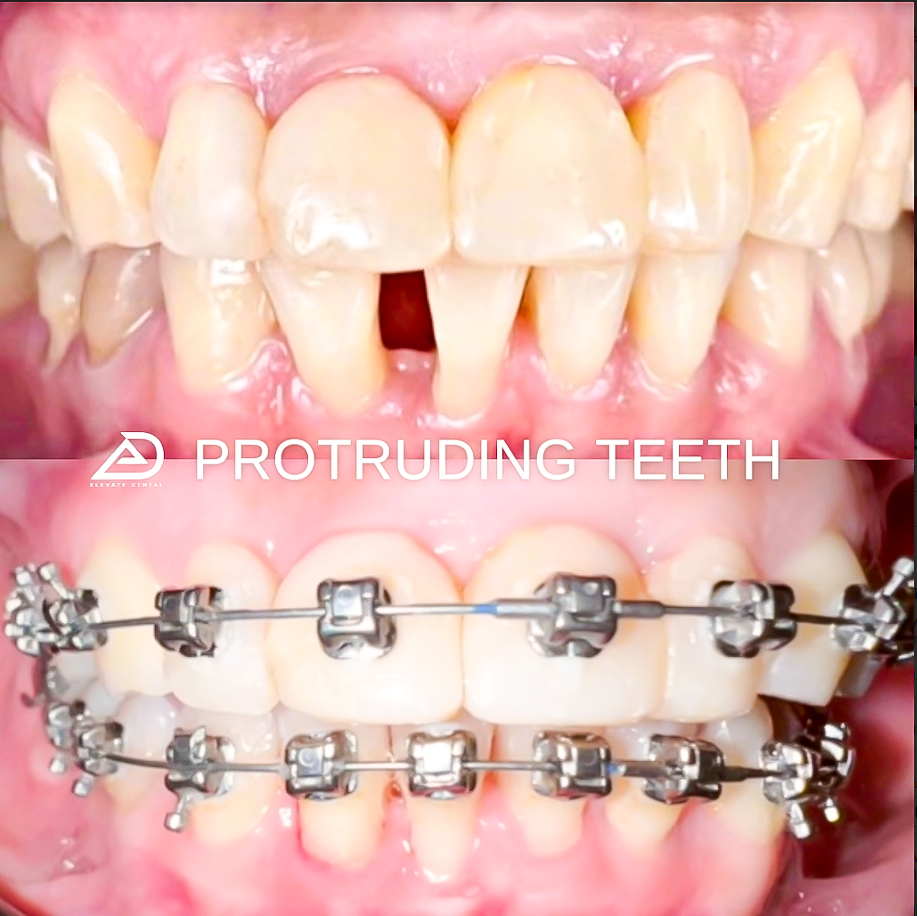braces-jan2023-promo

BRACES AT 20% OFF
✔️ SWLF System and Traditional Braces only
✔️ 30%-50% Downpayment, balance payable up to 24 mos
Promo is valid until February 28, 2023, only
Payment terms:
✔️ Cash
✔️ Credit card straight
✔️ Credit card installment BDO, Metrobank, and BPI credit cards only
✔️ Paypal/ bank transfer
Other ongoing promo services:
Porcelain Veneers (20% off)
[wpcdt-countdown id=”26440″]





